This Brat Pack Icon Wouldn't Talk for Andrew McCarthy's Doc
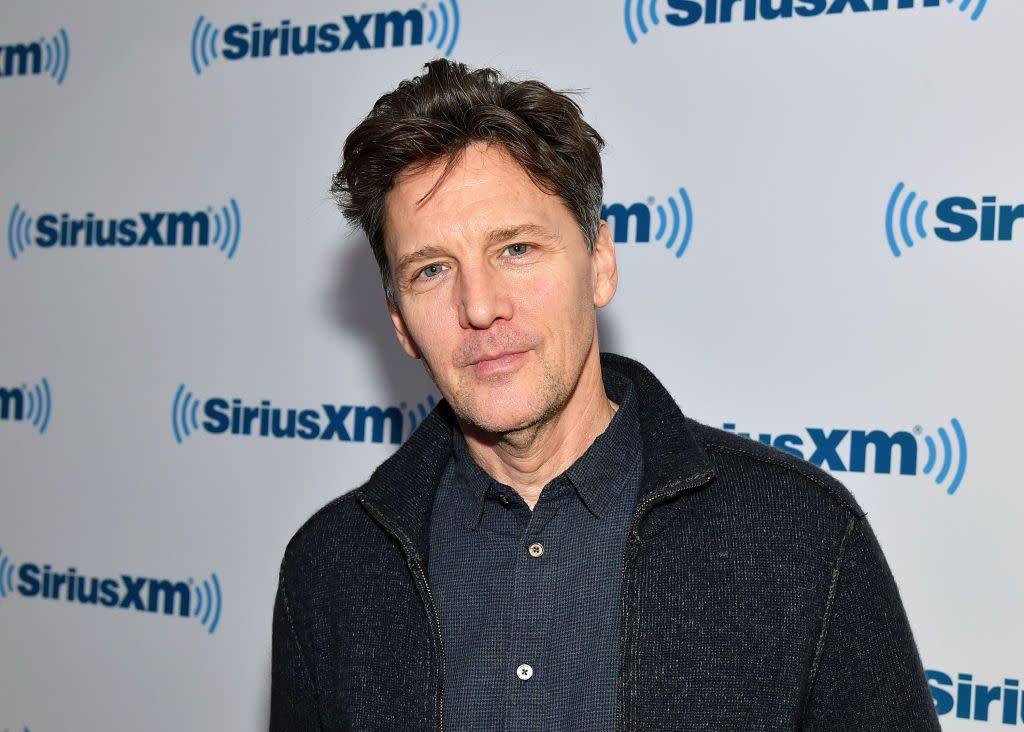
If you’re old enough to remember John Hughes teen movies, life before social media, and big hair that wasn’t ironic, you probably remember the Brat Pack, the punny name given to a group of young celebrities who seemed to be living their best, most glamorous lives in the late ‘80s. “Oh my God, you wanted to be us,” recalls one Brat Pack member, Andrew McCarthy, “But for us, it just wasn't that way.”
Now, McCarthy, has made a documentary about what it was like for those lucky (or unlucky) enough to be in the era’s ultimate in crowd. He interviewed fellow Brat Pack members Rob Lowe, Demi Moore, Ally Sheedy, Emilio Estevez, Jon Cryer, Lea Thompson, Timothy Hutton and directors, casting directors, screenwriters and producers for the film, which is set to debut on the streaming platform Hulu later this year.
For McCarthy, setting up interviews was often as easy as picking up the phone. "It was all just kitchen table chat. Really, I just want to come talk to you," he recalled at the Television Critics Association panel held in Pasadena, California last month." I didn't have any agenda particularly, I was just like this was my experience, what was yours? Because I wanted to have conversations with people. I wasn't interested in interviewing people and getting their responses. I was interested in having a conversation with people. And, like, consequently, I was revealing myself.
He wasn't able to have a conversation with every member of the Brat Pack, however. "Pretty in Pink" star Molly Ringwald politely passed. "I asked Molly [Ringwalds] if she wanted to talk in the film, of course, and she said she'd think about, but that she would probably just like to keep looking forward. And I talked to Jon Cryer about it. He said, "You know, a lot of time as actors, we want to be free of the baggage of our pop cultural associations and we just want to act." And I thought, fair enough, you know?"
And Ringwald wasn't the only one. "Judd [Nelson] didn't want to talk," McCarthy said. "He said, 'The Brat Pack didn't exist, so I'm not talking about it.' Whereas initially, he said he'd love to, and then he kind of said, "I don't want to talk about it."' Somehow, that response seems exactly right for the guy who played the "criminal" in "The Breakfast Club."
More from MediaFeed:
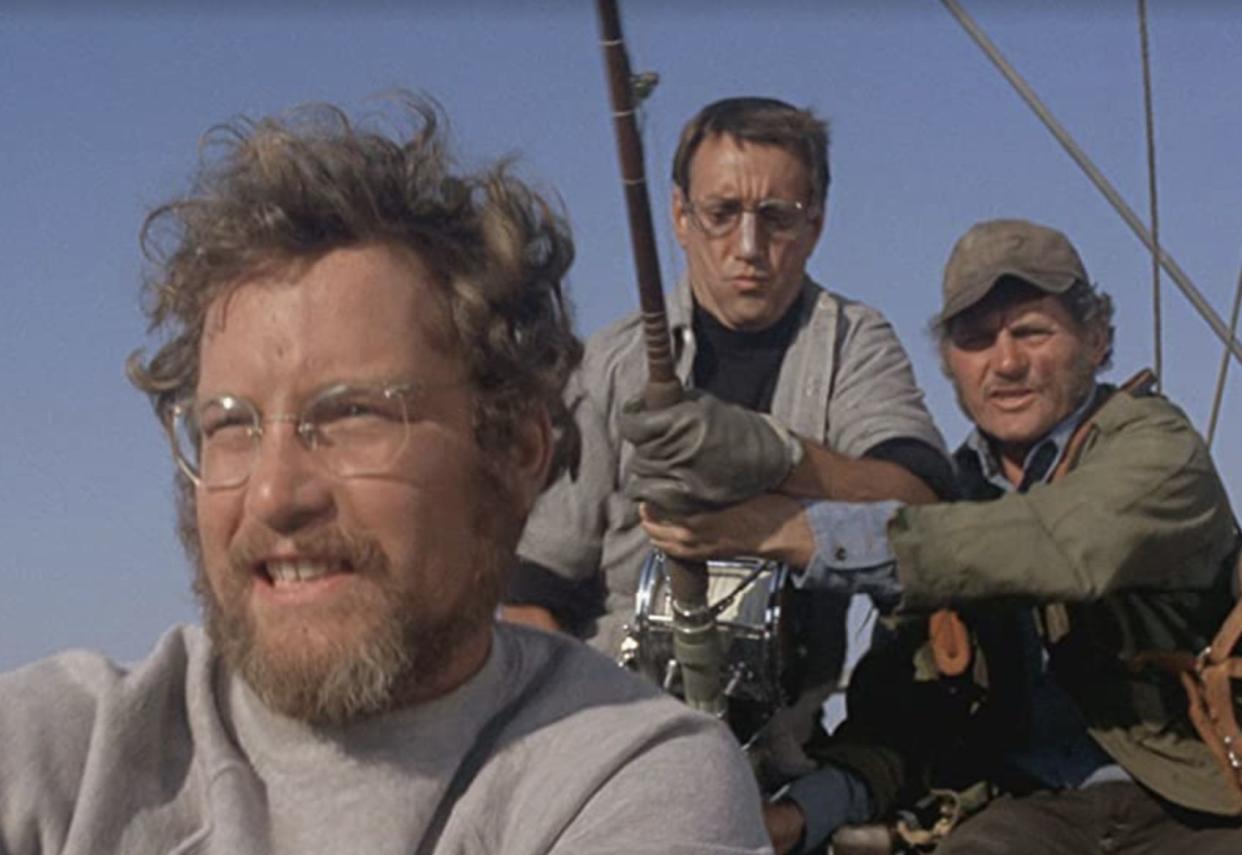
Obviously, filming a movie is a demanding, nerve-wracking process, not to mention wildly expensive. The things that can go wrong are numerous, and while not all movie productions turn into a chaotic mess, those that do can turn out to be more dramatic than the movie itself.
From actors who caught on fire, to rampant dysentery, obsessive-compulsive directors demanding the moon, fistfights, death and other general mayhem, film sets can be far more grueling than your average workplace.
Here are 10 examples of popular movies that ended up being total production nightmares.
IMDB / Universal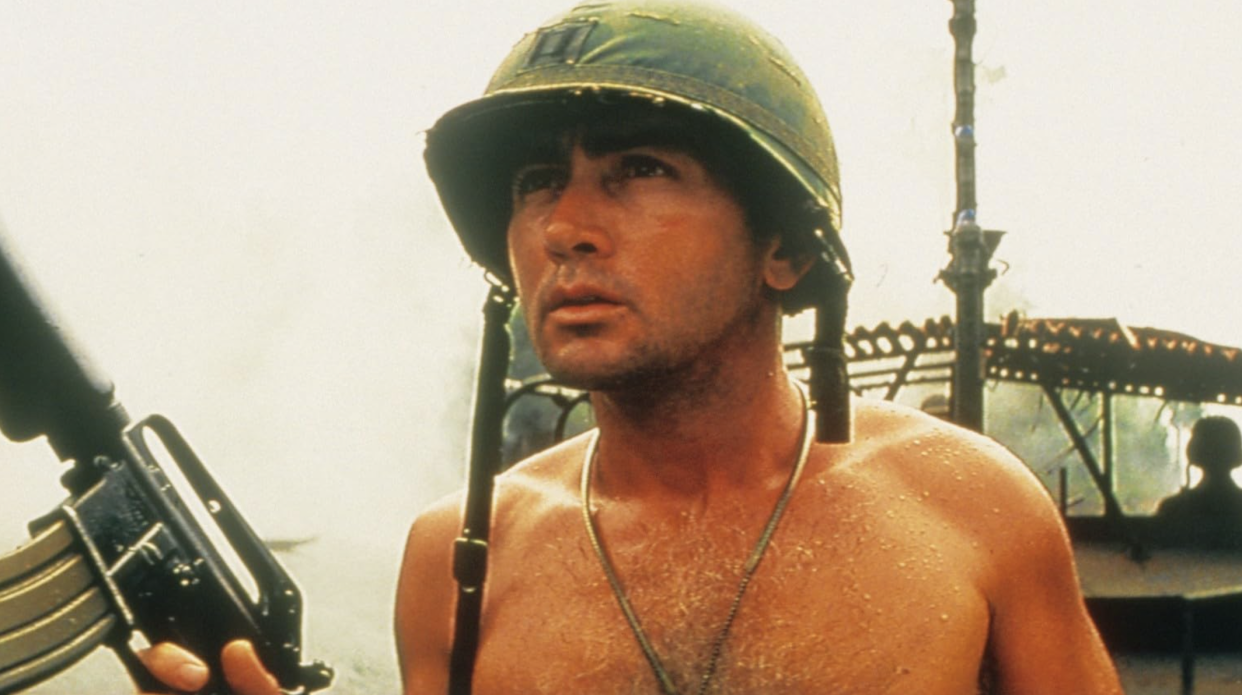
The production of Francis Ford Coppola's Vietnam War epic was a hellish ordeal.
Coppola shot the adaptation of Joseph Conrad's “Heart of Darkness” in the Philippines, because of the jungle backdrop and cheap labor. Two months in, a wind-gusting typhoon wrecked the set, halting production.
Then a significantly overweight Marlon Brando, cast as Walter Kurtz, arrived on set. Brando, banking on his reputation, didn't bother to learn any lines and demanded to be shot only in profile to hide his unflattering belly.
This ignited heated fights, with Coppola threatening to fire Brando. Under immense stress, Martin Sheen turned to heavy drinking, poor nutrition, and smoking, ultimately suffering a nearly fatal heart attack.
The production faced also significant delays, forcing crew members and cast to be either stranded in hotels on location or transported back to the United States for extended periods, causing the budget to skyrocket. Coppola, having invested millions of his own money, eventually resorted to mortgaging his home and vineyards. Some of the corpses used on set, were real, as a rogue crew member had taken it upon himself to raid a nearby graveyard. All in all, it was a madhouse! Ultimately, the nightmarish production wrapped up. The movie was nominated for six Oscars, winning two, and the grueling behind-the-scenes drama ended up in a documentary called "Hearts of Darkness: A Filmmaker's Apocalypse" (1991).
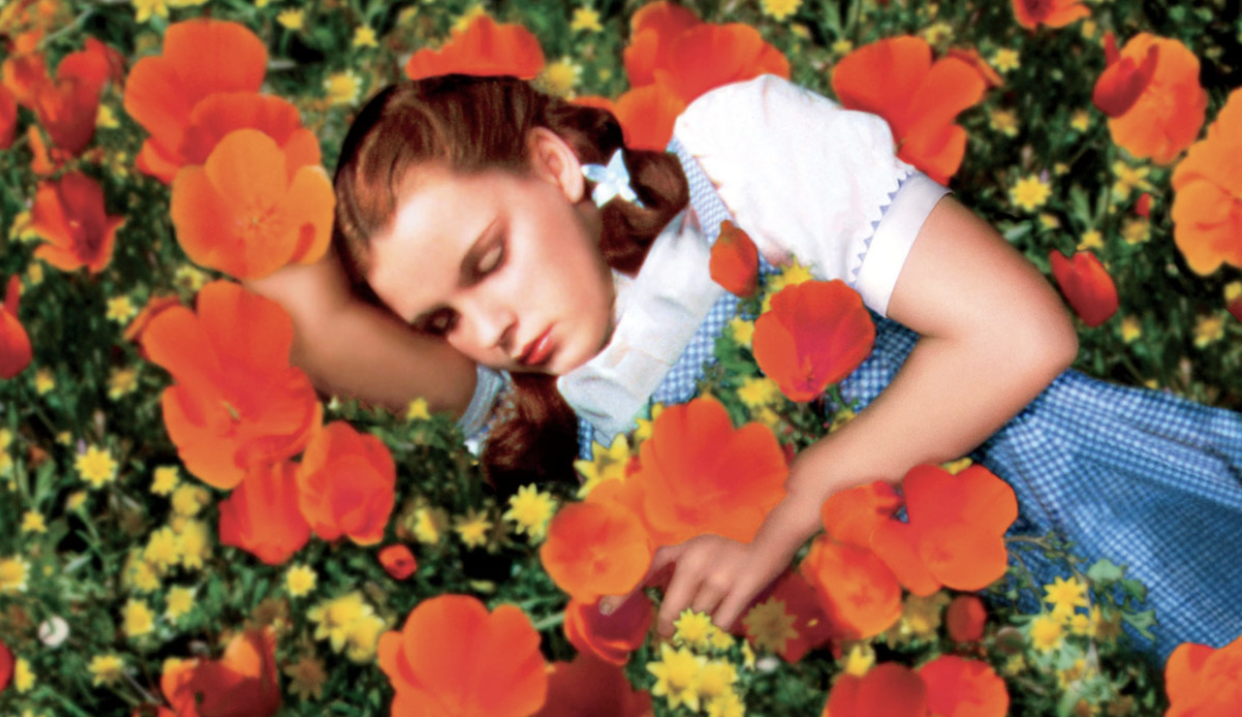
The dreamy "The Wizard of Oz" was a production nightmare. From constantly changing directors to serious injuries, the making of the beloved film was far from magical. The production experienced a revolving door of four directors and 16 writers before Victor Fleming finally finished the project.
Lead actor Buddy Ebsen's severe reaction to the aluminum makeup used for the Tin Man role led to his hospitalization, causing him to be replaced by Jack Haley. Bert Lahr, embodying the Cowardly Lion, endured discomfort and heat due to wearing a costume made from actual lion hair. Makeup challenges persisted, as Ray Bolger discovered burlap scars on his face after removing the prosthetic Scarecrow mask.
The use of asbestos-laced snow in the poppy field scene exposed the cast to dangerous substances. Moreover, the Wicked Witch of the West, played by Margaret Hamilton caught fire during a dramatic exit from Munchkinland and suffered severe burns. The 16-year-old star Judy Garland was body-shamed by MGM—going so far as to refer to her as a “fat little pig with pigtails—” and hooked her up on diet pills. Oh, and she got the second-lowest salary—making more than only her canine companion, Terry, who played Toto.
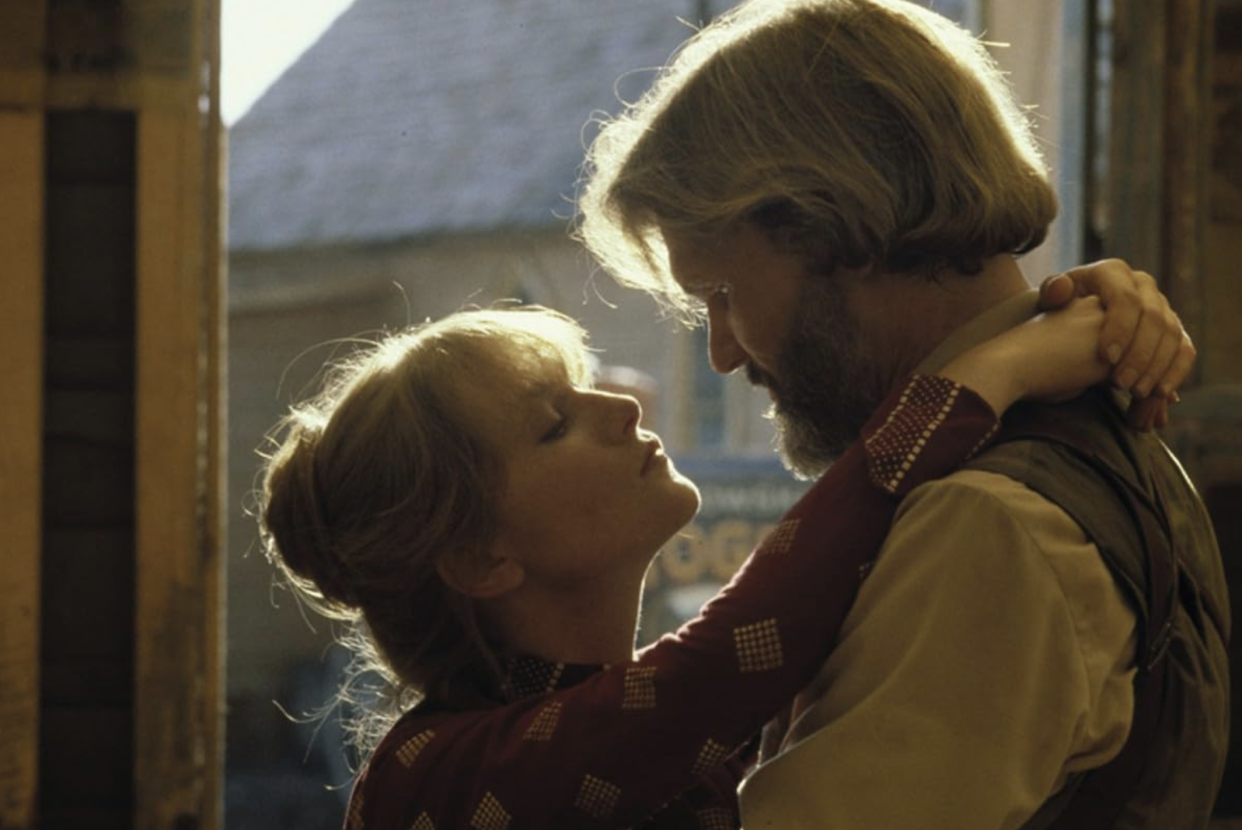
Following his Oscar-winning success "The Deer Hunter" in 1978, Cimino embarked on a doomed venture that would nearly bankrupt United Artists, the studio behind the film.
Originally budgeted at $11 million, the production costs spiraled to a staggering $44 million upon the film’s release in December 1980. Cimino's obsessive attention to detail led to excessive expenditures, including multiple takes, elaborate set reconstructions, and even waiting for the "right cloud" to pass through the frame. Over one million feet of film (approximately 220 hours of footage) were shot, resulting in a daily cost to the studio of nearly $220,000.
The troubled production saw United Artists attempt to fire Cimino, but his contract prevented his removal from the project.
Critics mercilessly panned the released film for its excessive length, lack of focus, and overall calamity. Not only did it fail to resonate with audiences, but it also became a catastrophic box office bomb, earning a mere $3.4 million in 1980.
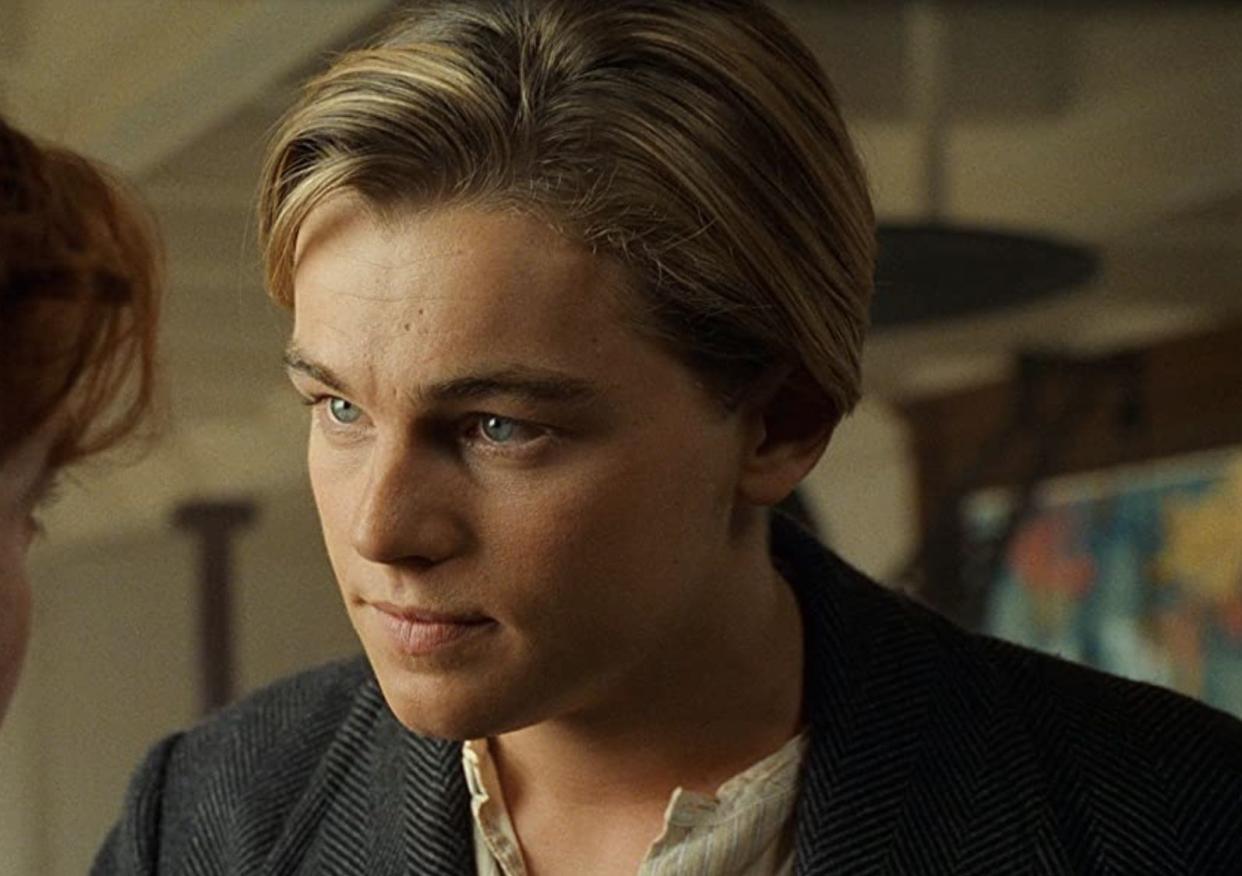
The production of the epic 1996 film “Titanic” eerily resembled a chaotic journey on a doomed ship. But, instead of an iceberg, the culprit of this harrowing production set was none other than the director himself, James Cameron, deemed "the scariest man in Hollywood." Cameron demanded a sprawling 6-acre set, complete with a massive 17-million-gallon water tank, and an awe-inspiring 750-foot replica of the actual RMS Titanic. Originally budgeted at around $100 million, the film's costs quickly spiraled out of control, surpassing $200 million and making it the most expensive shoot of its time. Cast and crew were also the victims of Cameron's unhinged way of directing. Actors and crew members were denied breaks to escape the freezing cold water during filming, reminiscent of the ill-fated passengers trapped on the sinking vessel. They found themselves in large water tanks for hours on end, experiencing physical strain and even symptoms of decompression sickness. Adding to the chaos, a shocking incident occurred when soup spiked with PCP sickened 50 cast and crew members. And on top of all, everyone was absolutely terrified of Cameron's raging temper. Actress Kate Winslet later reflected on her experience, stating, "You would have to pay me a lot of money to work with Jim again. If anything was the slightest bit wrong, he would totally lose it. It was hard to concentrate when he was shouting and screaming." And we guess he did because the two reunited again in 2022 to work on Cameron’s Avatar sequel “The Way of the Water.”
Paramount Pictures / IMDB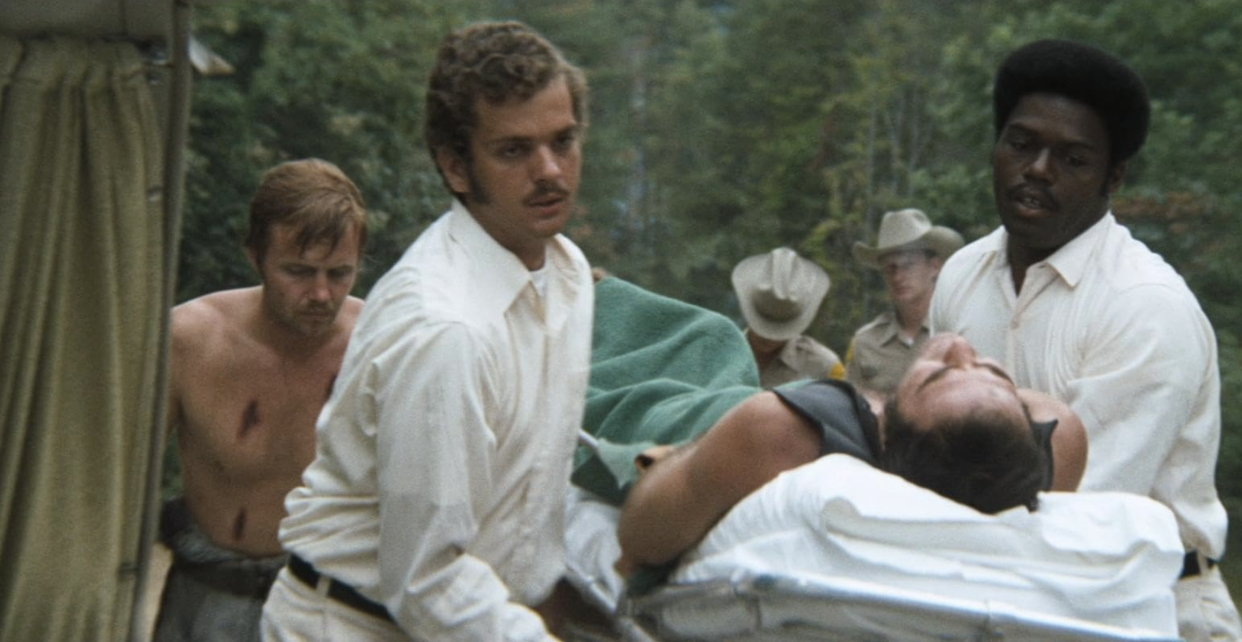
This thriller film, directed by John Boorman, faced challenges during its production, including difficult shooting locations, on-set accidents, and tensions among the cast. The film's intense and controversial subject matter added to the behind-the-scenes drama.
To make the 1972 survival movie “Deliverance,” based on James Dickey’s 1970 novel of the same name, as realistic as possible John Boorman made some morally questionable decisions including putting the cast in harm's way. Brooman demanded the actors perform their own perilous stunts.
Jon Voight almost fell off a cliff during a treacherous rock-climbing scene. Burt Reynolds went over the falls and hurt his tailbone after crashing onto a rock. Ronny Cox was tossed out of his canoe.
Ned Beatty nearly died in the rapids after getting caught in a current. Burt Reynolds later said that the film was shot in chronological order because, "If one of you drowns, I can write that into the script."
Boorman and Dickey never agreed on one thing with one of the arguments ending in a fistfight. Dickey also conflicted with the film’s lead cast, who ultimately removed him from the set.

Steven Spielberg made one bad decision with “Jaws”— shooting on the open ocean which led to a nightmarish production that went way over budget
Opting for real oceanic settings meant contending with the unpredictable forces of nature, as boats unintentionally intruded into scenes, wreaking havoc on carefully planned takes. Water damage to equipment added further obstacles, while the unforgiving seas left cast and crew battling relentless bouts of seasickness. The colossal mechanical sharks specially crafted for the film experienced frequently malfunctioned, leading to extensive reshoots and frustrating delays in filming.
“I was naive about the ocean, basically. I was pretty naive about mother nature and the hubris of a filmmaker who thinks he can conquer the elements was foolhardy, but I was too young to know I was being foolhardy when I demanded that we shoot the film in the Atlantic Ocean and not in a North Hollywood tank.” Spielberg admitted to his mistake in an interview with Entertainment Weekly.
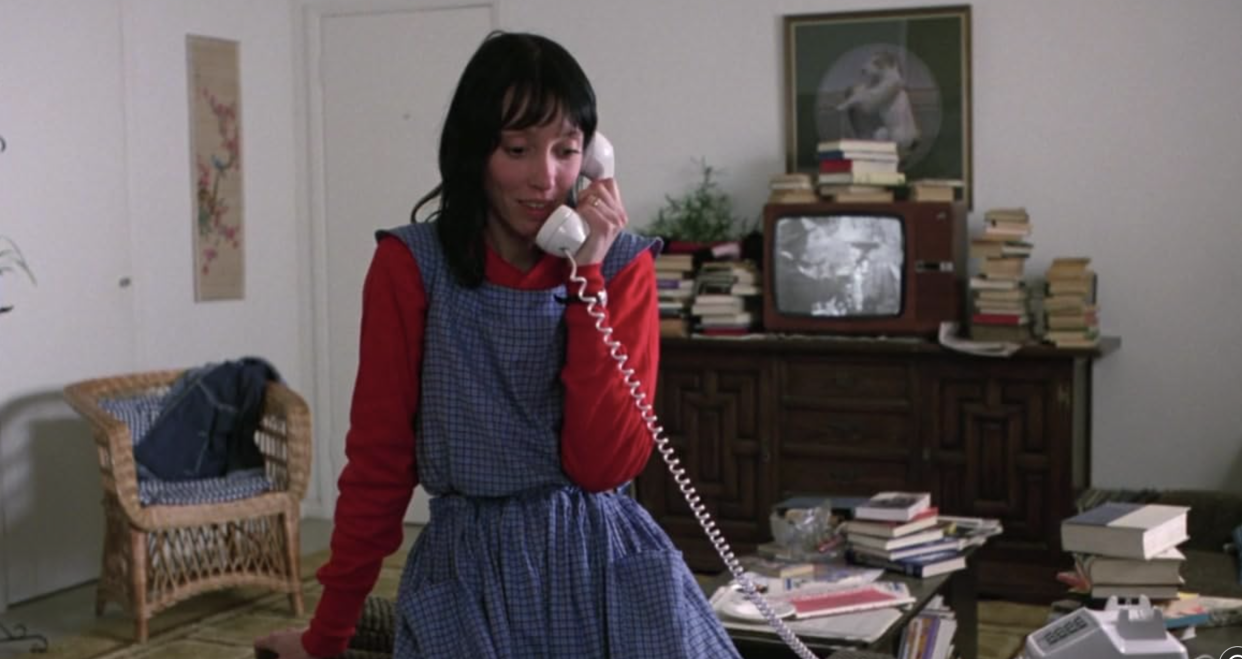
The production of Stanley Kubrick’s “The Shining” was supposed to last 100 days; it lasted 250. And it was not pleasant 250 days to say at least. Kubrick's notoriously demanding directorial style took a heavy toll on the actors during the grueling filming of the iconic horror film. Shelley Duvall, in particular, faced immense challenges. She clashed with Kubrick over her acting, endured constant script changes, and was asked to do 127 takes of the baseball bat scene with Jack Nicholson. The stress and isolation Kubrick imposed on Duvall eventually led to severe physical and mental strain, leaving her physically ill and experiencing hair loss.
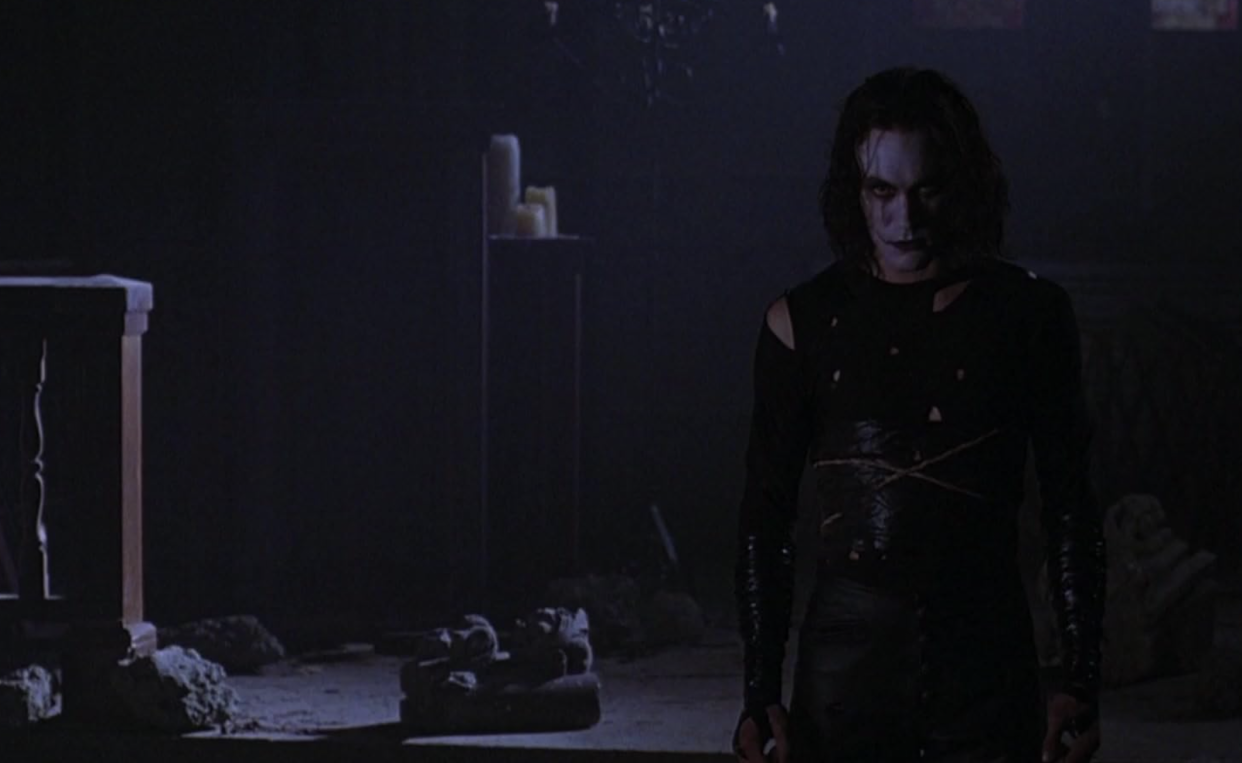
The 1994 comic book adaptation "The Crow" would be forever marred by the tragic death of Brandon Lee. The promising actor and son of Bruce Lee lost his life at the age of 28 due to an accidental shooting with a prop gun. The North Carolina District Attorney determined the incident was a result of negligence on the part of the film's crew rather than intentional harm.
The unfortunate events on the set of "The Crow" didn't stop there. An additional carpenter accidentally injured his hand with a screwdriver, a stuntman suffered from a serious fall, and a crane incident involved a collision with a live power line. Moreover, inclement weather conditions caused significant delays during production.
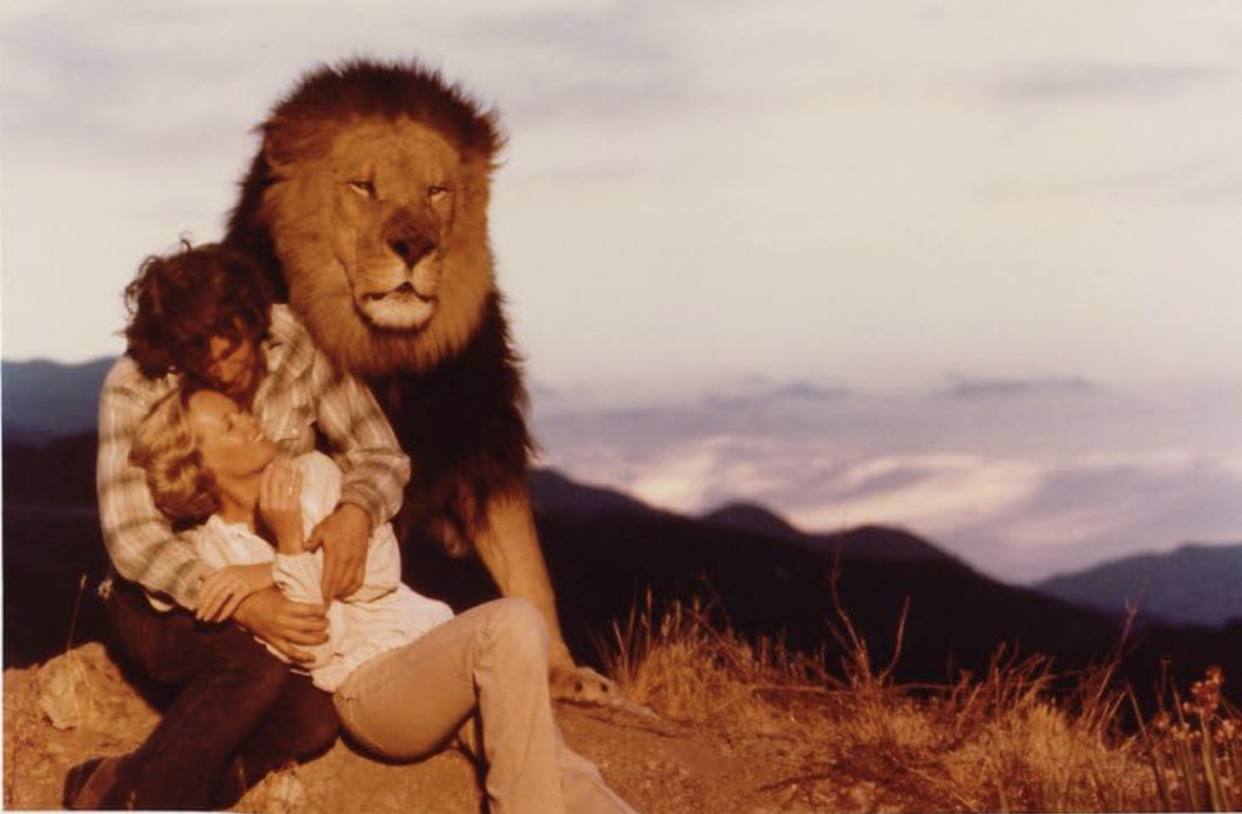
"No animals were harmed during the production of this movie." Only Humans. Filming a movie with a number of lions and tigers, what can go wrong, one might think? Well, a lot.
The production of "The Roar" (1981) was fraught with a series of incidents and mishaps that turned the filming process into a nightmare for those involved. Led by Tippi Hedren and her husband Noel Marshall, the movie aimed to capture the unique dynamic between humans and a multitude of lions and tigers. However, the reality behind the scenes was far from the romanticized vision depicted on screen.
As documented in Hedren's autobiography, the shoot happened at the couple's California home, where they lived alongside the animals. Melanie Griffith, Hedren's daughter, suffered a severe mauling near her eye, necessitating plastic surgery. Hedren herself endured the agony of gangrene and required extensive skin grafts. Meanwhile, Marshall, taking on the male lead role, experienced repeated attacks and ultimately contracted blood poisoning. The cinematographer, Jan de Bont, also fell victim to the chaos, enduring a scalp-tearing injury that demanded 120 stitches. So yes, we guess they did capture the unique dynamic between humans and animals.
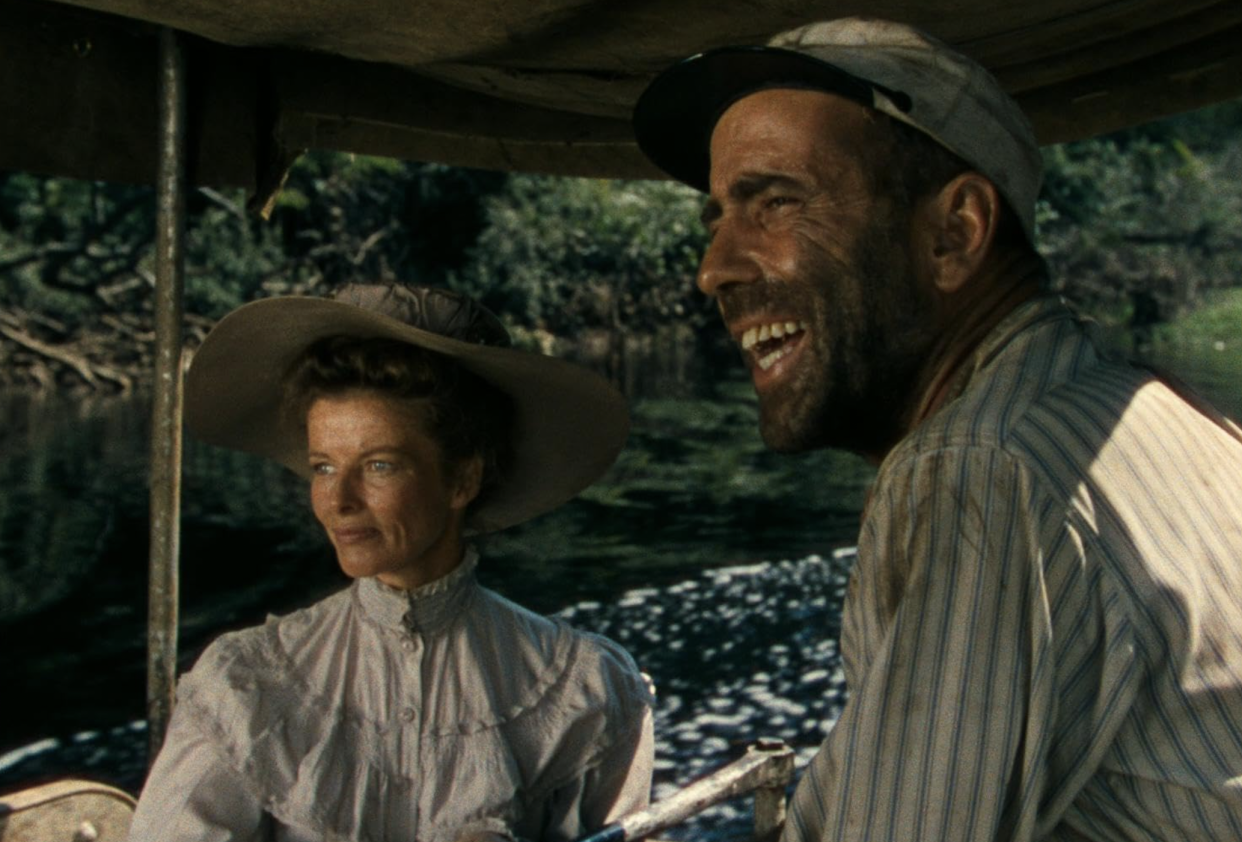
Filming primarily in Congo and Uganda, far from the comforts of the cushy studio environment, the cast and crew of the 1951’s 'African Queen' faced a multitude of challenges and setbacks, making the production a grueling experience.
Katharine Hepburn chronicled the trials and tribulations of the shoot in her memoir, "The Making of the African Queen: Or, How I Went to Africa with Bogart, Bacall and Huston and Almost Lost My Mind." She recounted the arduous journey from Biondo to the Ruiki river, where five cars and trucks were required to transport the cast, crew, and equipment. From there, they sailed on boats for another 2.5 miles to reach the shooting location. This remote and untamed setting exposed them to a myriad of dangers.
The African landscape proved unforgiving, with health risks lurking at every turn. Dysentery and malaria plagued the cast and crew, leaving them weak and ill for much of the filming process. Contaminated drinking water, wild animals, and poisonous snakes added to the perils they faced on a daily basis.
This article was produced and syndicated by MediaFeed.
IMDb